Scientists discover massive molecular cloud close to Earth
Scientists discover massive molecular cloud close to Earth
Scientists discover massive molecular cloud close to Earth
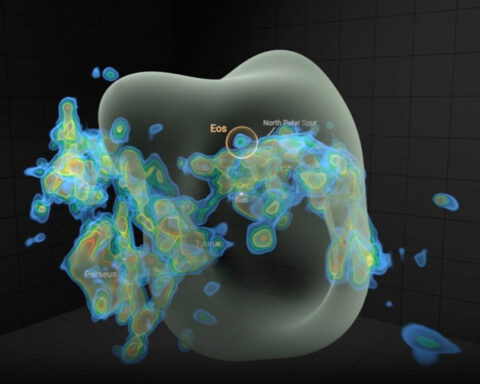
‘Extraordinary’ fossil reveals the oldest ant species known to science
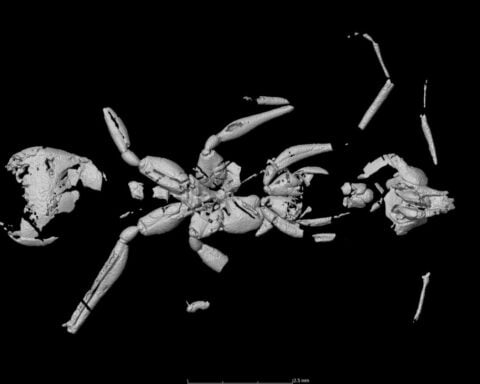
Scientists reveal advance in brain research once thought impossible
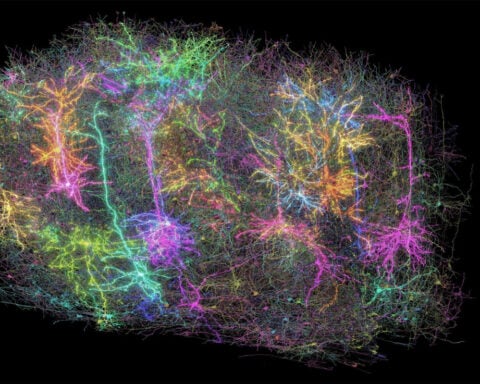
Were dinosaurs headed for extinction even before massive asteroid strike? Scientists offer new clues
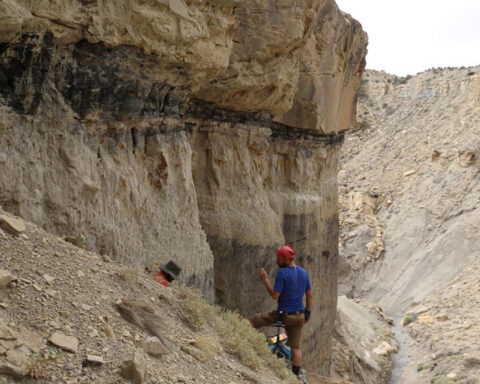
Jawbone dredged up from the seafloor expands the range of a mysterious species of ancient human
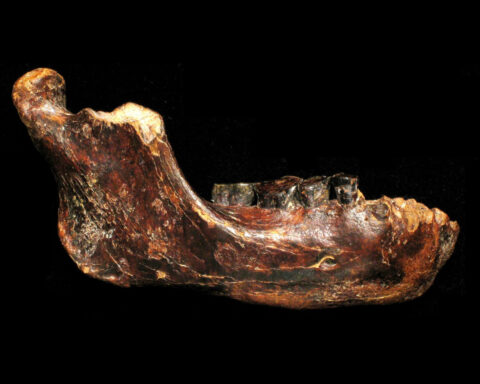
Colossal Biosciences, a Dallas-based biotech company, has claimed to have resurrected the dire wolf, to create the “world’s first successfully de-extincted animal.” Scientists created three dire wolf pups by using gene-editing technology to alter the genes of the dire wolf's closest living relative, the gray wolf. The result is essentially a hybrid species similar in appearance to its extinct forerunner.
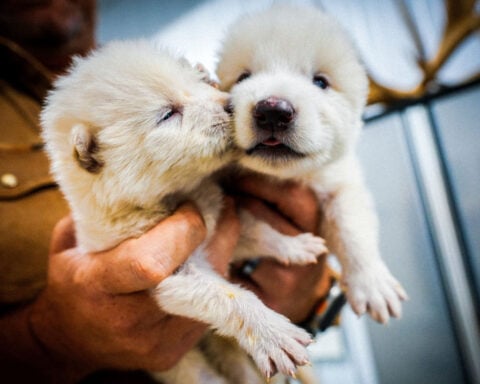
Scientists say they have resurrected the dire wolf
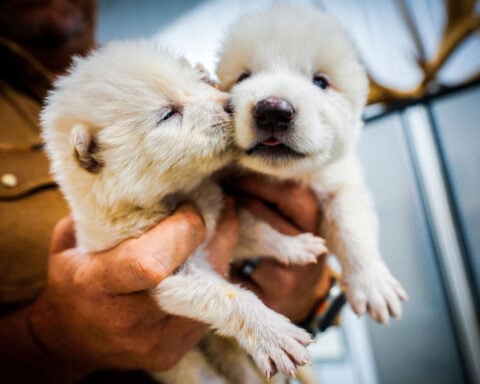
Ancient DNA pulls back curtain on the Sahara Desert’s greener past
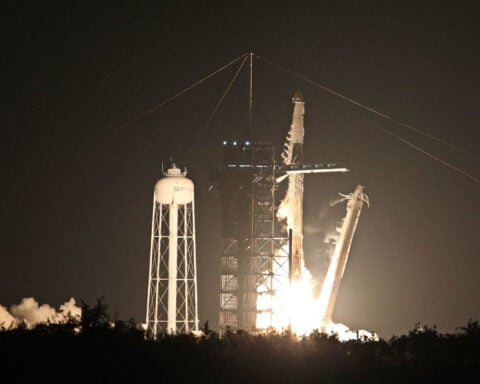
Ancient DNA sheds light on origins of 7,000-year-old Saharan mummies
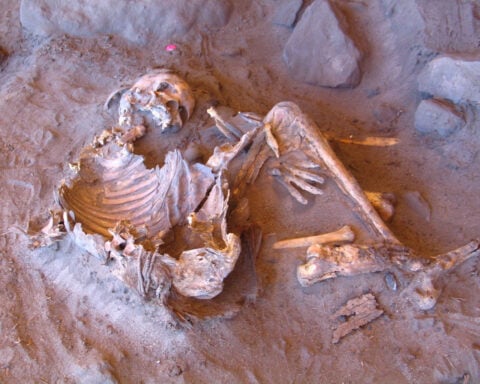
Archaeologists unearthed a cache of stone tools. Neanderthals may have made them, study finds
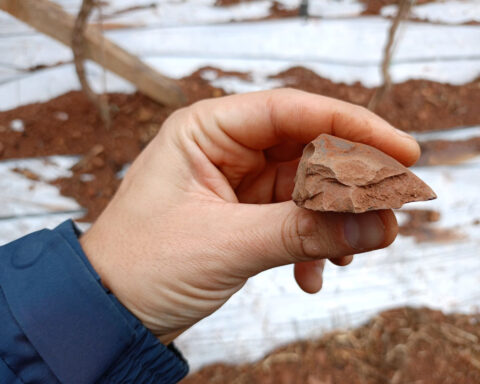
Bizarre creature preserved in 99 million-year-old amber was ‘beyond imagination,’ scientists say
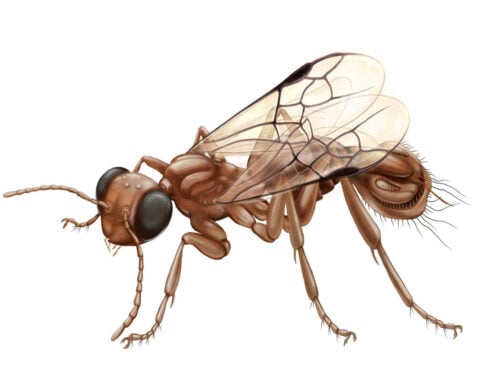
These discarded objects will form humanity’s lasting geological footprint, paleontologists say
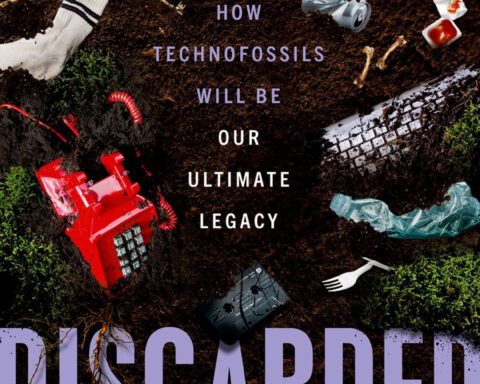
Largest fully preserved dinosaur claw unearthed in Mongolia’s Gobi Desert
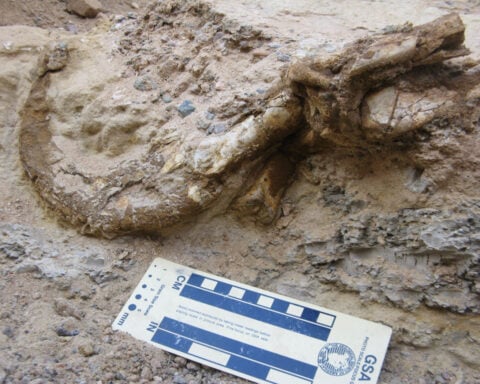
Supernovas may have played a role in two of Earth’s largest mass extinctions, study suggests
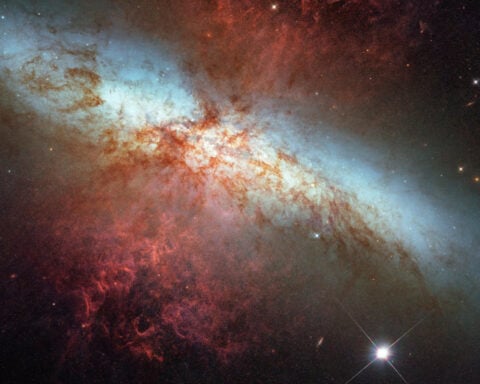
Your subscription includes
Unlimited Access to All Content from
The Los Angeles Post
Your subscription has been successfully upgraded!
